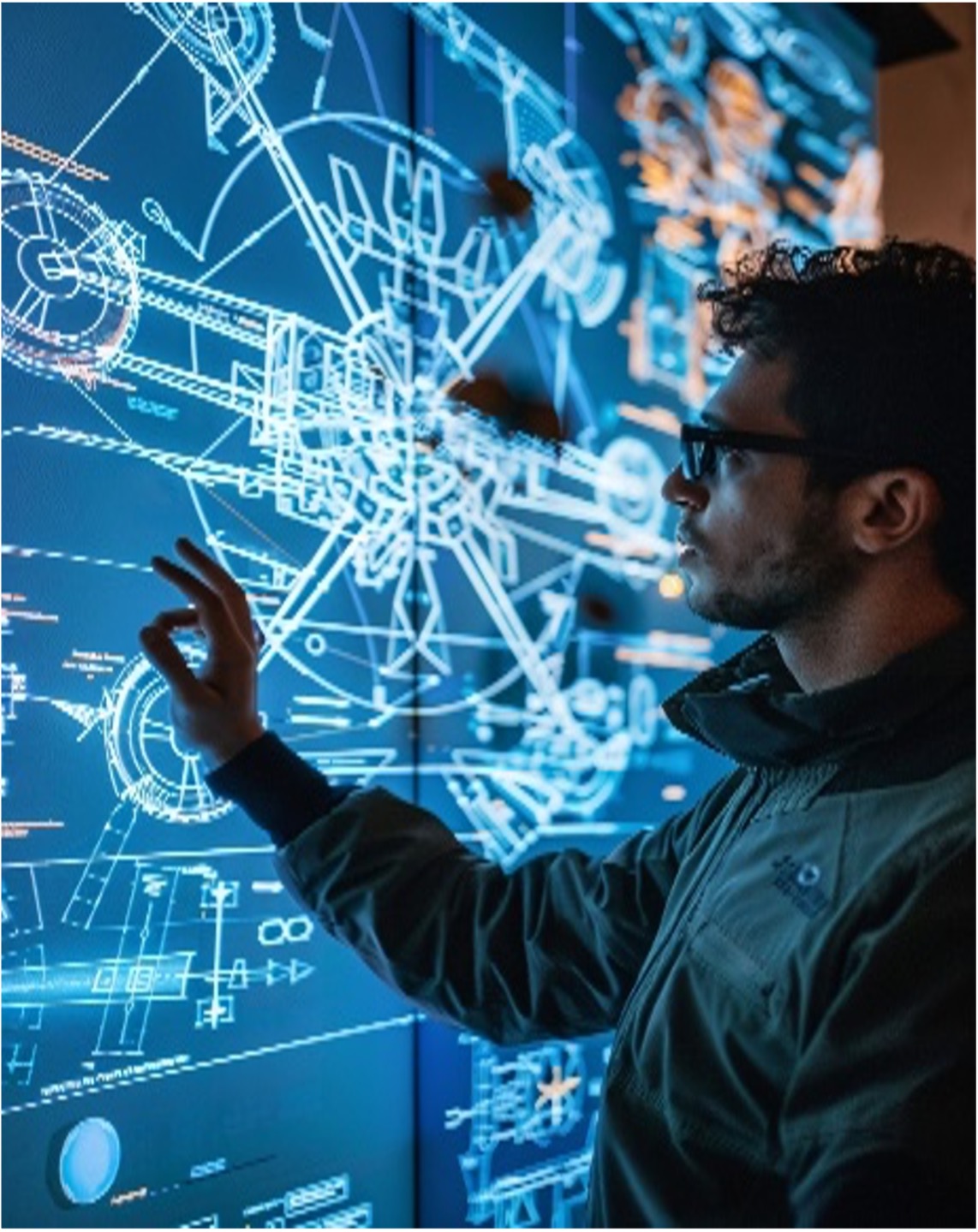 |
ROBOTIC REHABILITATION |
"Engineering is manufacturing critical tools for medicine"Loucas S. Louca received his Diploma in Mechanical Engineering from the National Technical University of Athens, Greece, in 1992. He then moved to the University of Michigan where he received his M.S.E. in 1994 and Ph.D. in 1998, both in Mechanical Engineering. He continued to work in Mechanical Engineering as Research Faculty where he was contacting research and advising students in the area of intelligent vehicle system dynamics and control within the multi-university Automotive Research Center. He joined the faculty of Mechanical and Manufacturing Engineering at the University of Cyprus in 2004 where he is currently an Associate Professor. His research interests include physical system modeling, haptic interface systems, robotic rehabilitation, model reduction of large-scale systems, bond graph theory, multi-body dynamics, computer aided modeling and simulation. Associate Professor Loucas S. Louca Department of Mechanical and Manufacturing Engineering Director of Robotic Rehabilitation Laboratory |
Physical System ModelingThe development of systematic procedures for generating efficient yet accurate dynamic system models for use in the control and design of dynamic systems. The procedure of dynamic system modeling is enhanced with the use of modeling metrics and algorithms that assist engineers in selecting the physical phenomena that contribute the most to specific system dynamic responses. This approach reduces the time and cost for developing models of dynamic systems, and therefore enables engineers to focus on the more critical issues of design and control. |
Rehabilitation SystemsThe development of novel and interactive robotic systems for the functional rehabilitation and evaluation of the upper limbs of people with neurological diseases. The resulting methodologies are implemented in haptic interface devices, through which the user can manipulate virtual objects that are modeled with realistic physical and interactive properties. Applied therapeutic forces are designed in order to optimize the benefits of neuroplasticity. Such rehabilitation systems can increase user motivation and make therapy sessions enjoyable, thus increasing even more the efficiency of a rehabilitation system. The advantages of haptic interfaces are also used for the assessment of upper limb motion through objective and quantitative metrics.
|

|
SELECTED PUBLICATIONS1. Xydas, G.E. and L.S. Louca, 2018. “Planar conformity of movements in 3D reaching tasks for persons with Multiple Sclerosis”. Human Movement Science, Vol. 62, pp. 221–234. Published by Elsevier BV, ISSN 0167-9457. 2. Louca, L.S., 2017. Bond Graphs for Modelling, Control and Fault Diagnosis of Engineering, Borutzky, W. (Editor). Chapter 10: Model Complexity of Distributed Parameter Systems: An Energy-based Approach. In print by Springer. 3. Louca, L.S., 2013. “Modal Analysis Reduction of Multi-Body Systems with Generic Damping”. J. of Comp. Science: Special Issue on Multidisciplinary Modeling and Simulation, Vol. 5, No. 3, pp. 415–426. Published by Elsevier BV, ISSN 1877-7503. 4. Louca, L.S., J.L. Stein, and G.M. Hulbert, 2010. “Energy-Based Model Reduction Methodology for Automated Modeling”. J. of Dynamic Systems Measurement and Control, Vol. 132, No. 6, 061202 (16 pages). Published by the American Society of Mechanical Engineers, ISSN Print 0022-0434, ISSN Online 1528-9028, New York, NY. 5. Kokkolaras, M., L.S. Louca, G.J. Delagrammatikas, N.F. Michelena, Z.S. Filipi, P.Y. Papalambros, J.L. Stein, and D.N. Assanis, 2004. “Simulation-based optimal design of heavy trucks by model-based decomposition: an extensive analytical target cascading case study”. Int. J. of Heavy Vehicle Systems (Special Issue on Advances in Ground Vehicle Simulation), Vol. 11, No.3/4 pp. 403 - 433. Published by Inderscience Enterprises Ltd., ISSN 1744232X, St. Helier, United Kingdom
|

